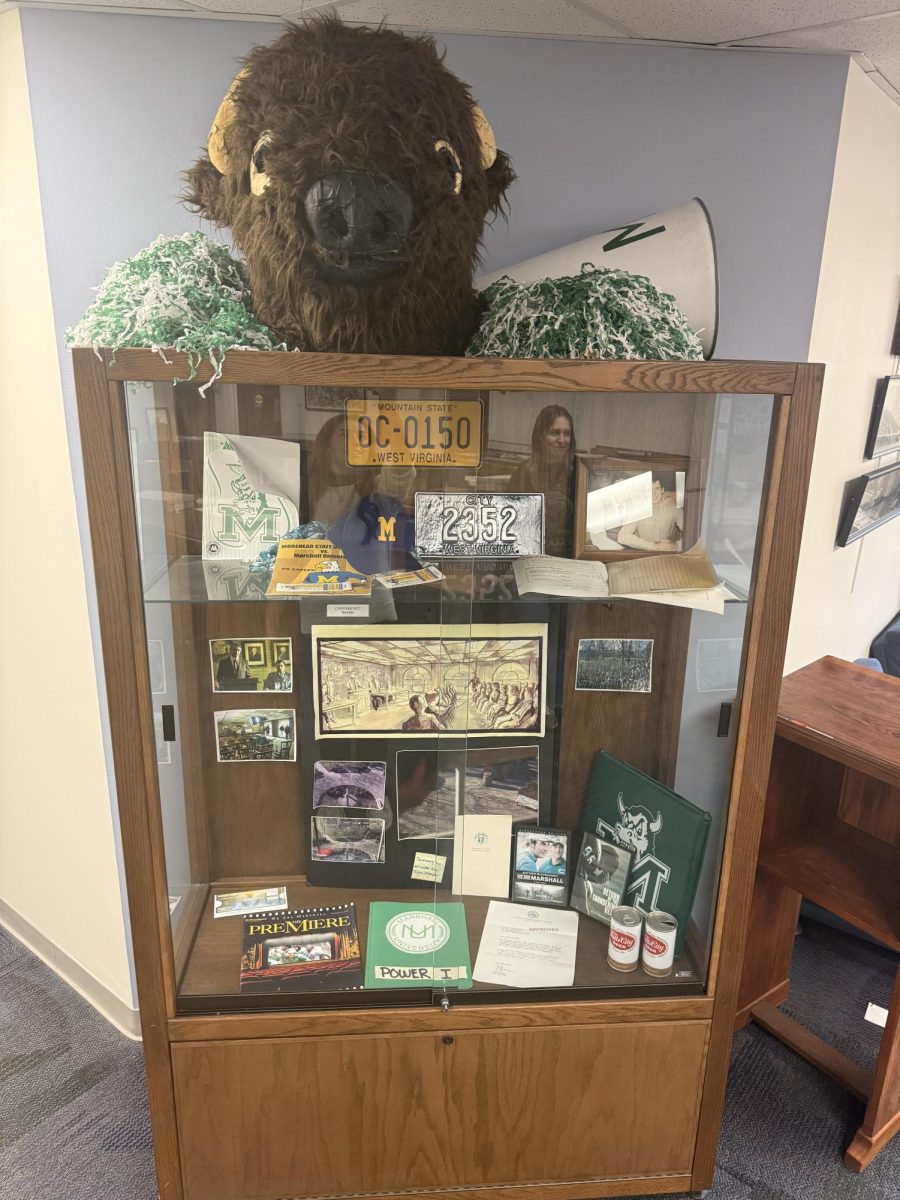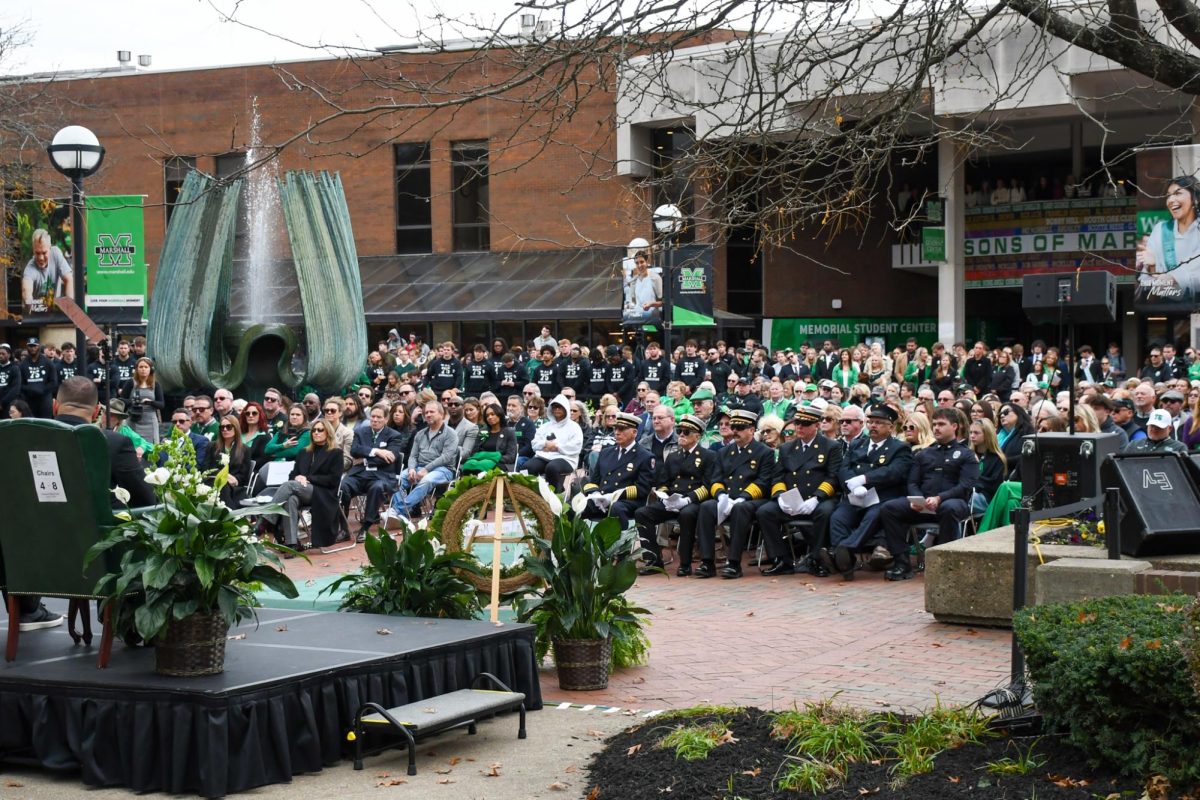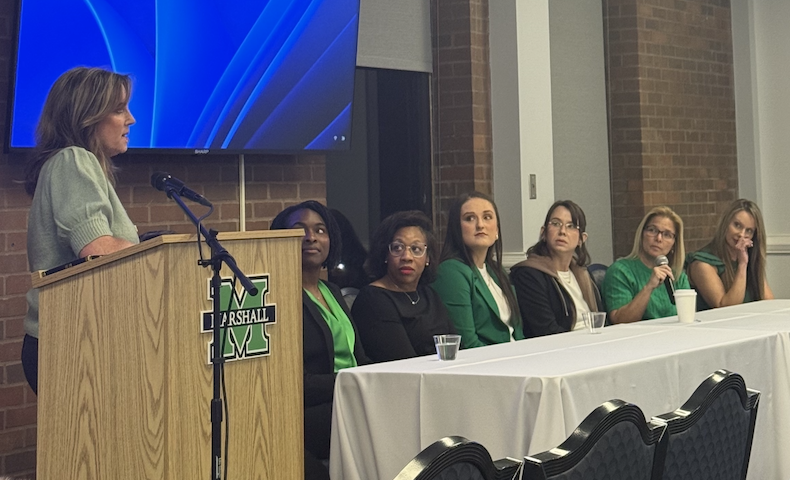Officials with NASA Will Speak about the Agency’s Role in Hollywood Films
April 5, 2022
How astronauts and scientists collaborate with movie makers will be explored in the “NASA’s Role in Hollywood Film” panel discussion on Wednesday at noon in the Don Morris Room.
“Back in October I filed a bunch of Freedom of Information Act requests across a number of federal agencies asking for documents about their work with Hollywood,” Professor of Communication Studies Stephen Underhill, said, “Then I get a phone call in November from NASA saying that they cannot do that because of nondisclosure agreements, but instead asked if I would be interested in a virtual panel.”
The panelists that will be speaking are Kathryn Hambleton, Dr. William Barry and Bert Ulrich.
“Bert is the person who reached out to me in November to recommend us doing a panel,” Underhill said.”
“He and I had a pretty interesting conversation in November. He said, ‘I can give you a list of films that NASA has helped make…Three of those films have been done in recent years— ‘First Man,’ ‘The Martian” and ‘Hidden Figures.’ NASA has worked on many movies,’” Underhill said.
“For Kathryn—She is the lead public affairs officer at NASA in charge of planning and determining news and public information about the agency’s human exploration of deep space. That is a long way of saying that her job focuses on getting to Mars and publicity about getting to Mars. So that will be I believe what she will be talking about.” Underhill said.
“Dr. Barry is NASA’s historian and he worked on those films. What he will be focusing on is his work with Tim Melfi in making ‘Hidden Figures…’ He worked with the writer of ‘First Man’ and the director of ‘First Man.’ So, he will be talking about his work in those capacities of working on the script and then working on the filming of ‘First Man.’”
“Bert oversees multimedia, film, TV and branding. I think he will be talking about that stuff, but also ‘The Martian.’ Which is interesting because ‘The Martian’ is fiction and the other stuff is non-fiction. So, NASA is also interested in telling stories that exemplify NASA even though it is in a fiction format.”
Underhill said there are several connections that the state of West Virginia has to NASA that will be discussed.
“In ‘Hidden Figures’ you have the lead character Katherine Johnson who is from West Virginia,” Underhill said, “She goes on to become an integral mathematician for NASA… She is a Civil Rights figure breaking through the glass ceiling to get to NASA.”
“We can’t talk about this movie because it’s before Bert’s time, but I think Homer Hickam—he’s also a West Virginia native and the movie ‘October Sky’ is about his life coming out of West Virginia,” Underhill said.
“We also have Chuck Yeager,” Underhill said, “He also came out of West Virginia—the guy who broke the sound barrier—and then he worked at the Nexus between the Air Force and NASA. So, West Virginia has a kind of rich history of people coming out of it who became notable both through Hollywood and through their accomplishments.”
Underhill said that he is interested in the way in which NASA uses storytelling in film to illustrate the mission and goals of their agency.
“What’s interesting to me about this event and anytime you have partnerships between a federal agency and Hollywood is the movement of ideas and how the government is using motion picture to visualize ideas that the agency needs to communicate,” Underhill said.
“Whether it be the non-fiction stories like ‘Hidden Figures’ or ‘First Man’—that are about the past or it be fiction stories like ‘The Martian—that are about the future—we have examples and illustrations here of NASA using storytelling to help the public understand its mission and its ambitions and to also build support for the spirit of exploration that NASA exemplifies,” Underhill said, “So, I’m interested as a rhetorician thinking about the storytelling use of film to communicate the agency’s mission.”












